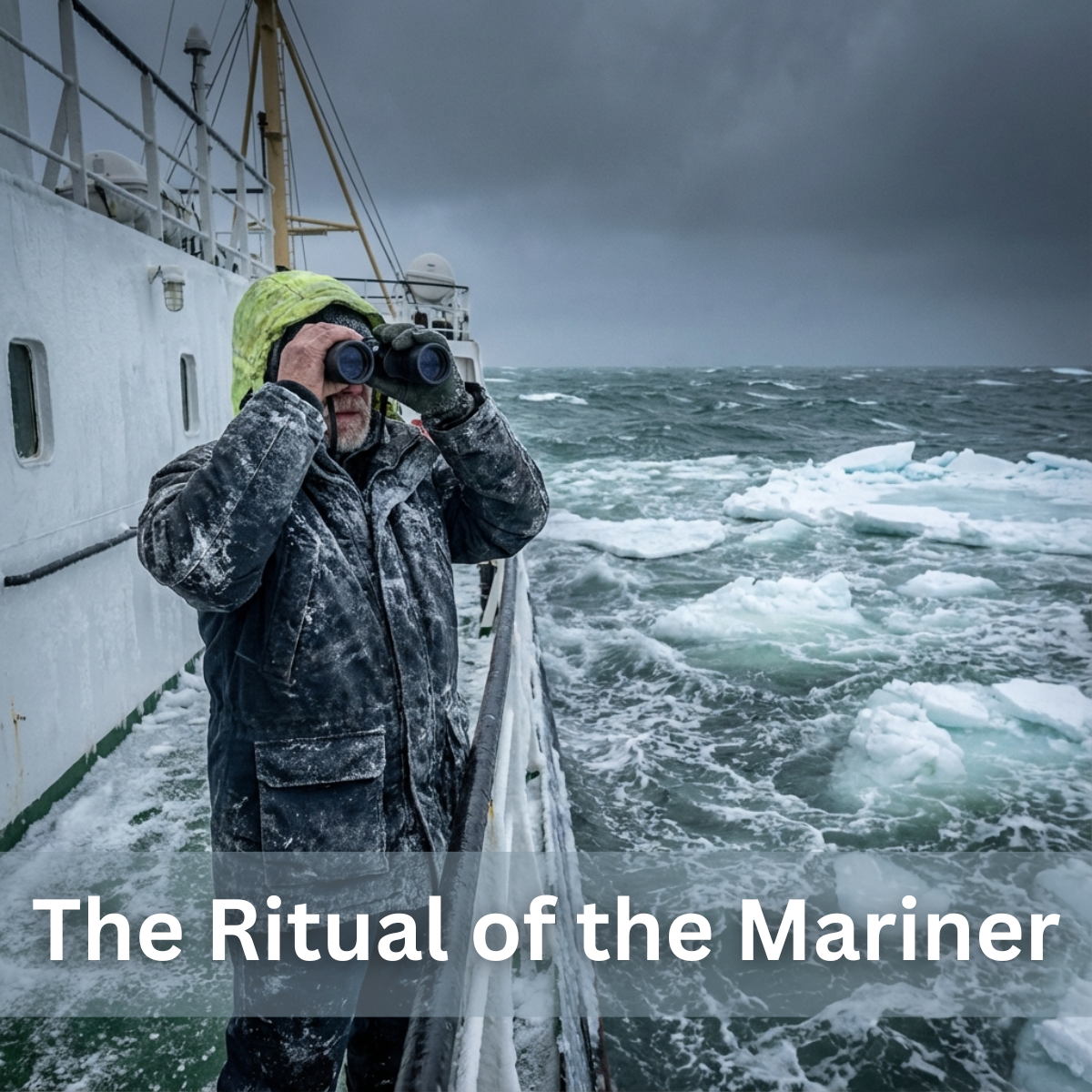A long time ago when criminals were frequently transported via ship to remote destinations, or used as manual labor for rowing a ship they were often put in irons on bench seats and unable to move about the ship. Nowadays, being “in irons” on a sailing ship has an entirely different context. When sailing you do not always get to sail with the wind, that is relatively easy. The hard part is sailing against a head wind. Effectively, learning to sail the ship in a forward direction despite the fact that a strong wind is blowing against you. The real challenge comes when you have to effectively make a turn, during this type of maneuver. I have no idea about the physics here, but it is a bit complex. The point is that there is a moment as the momentum of the ship goes from one side to the other as the rig moves to catch the wind and move in another direction.
If not done correctly, there is a point where the ship will lose all momentum, lose the wind and be caught in a no go zone. This is now technically referred to being caught “in irons.” Meaning you are going no where.
I would love to say that the best thing we can do in life is to fly down stream, to head down wind. After all, moving with the momentum is always easier, right? Well, I can buy that the problem is that most of the time, in fact, almost most all of the time, the goals I have in life are always up stream and down wind. So consequently, I need to master the art from of sailing against the wind. I should never point my sails directly toward the wind, but rather, tactfully figure out how to sail, turning and navigating in such a way that I can use the wind to my advantage.
Of course, I do not want to be caught in irons. This is what happens when you let conflict get the best of you. You get stalled in your effort by taking on the resistance head on. When you do that, you stall your momentum and you will go no where.
Guy Reams



